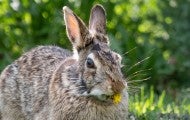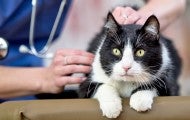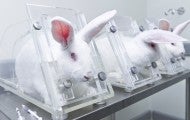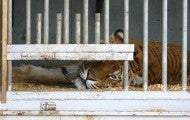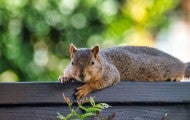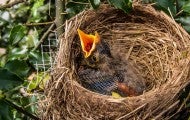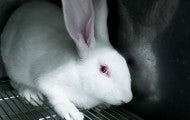Showing 10 of 30 results
For decades, animal welfare advocates have been working to end animal testing for makeup and personal care products. See how far we've come and how you can help support the Be Cruelty-Free campaign, our global effort to end cosmetic cruelty. Read Our Cosmetics Testing FAQ 2024 | 2023 | 2022 | 2021 |...
Contents What products are considered cosmetics? Is animal testing legally required for cosmetics sold in the United States? Where is cosmetics testing on animals mandatory? Where is cosmetics testing on animals banned? Why do some cosmetics companies still use animal testing? How do I know if my...
